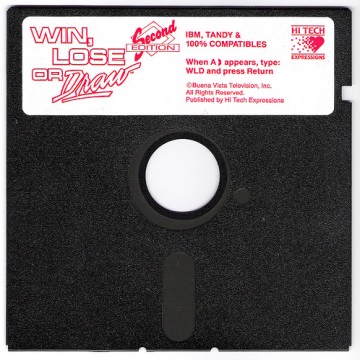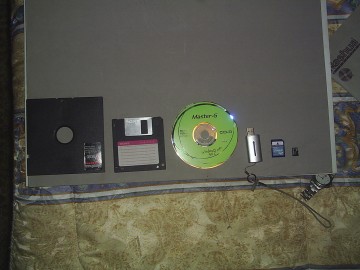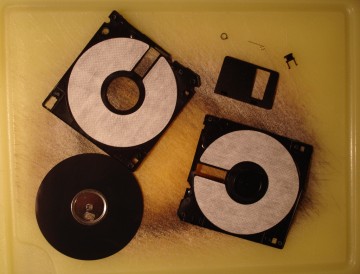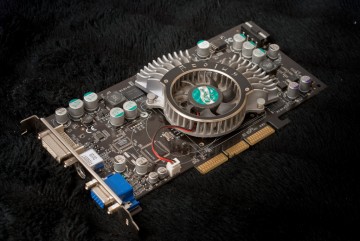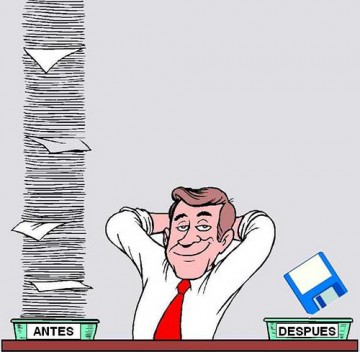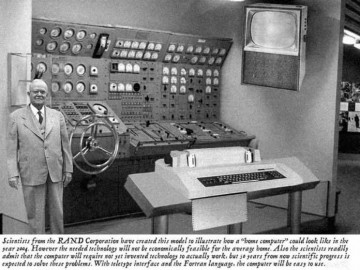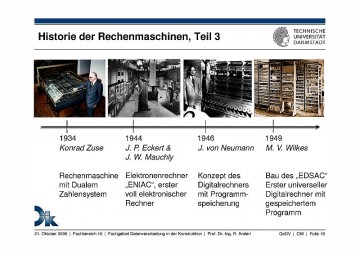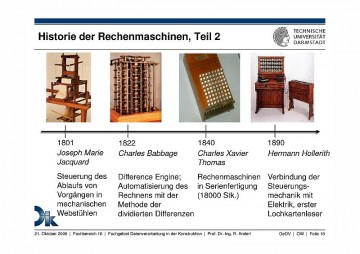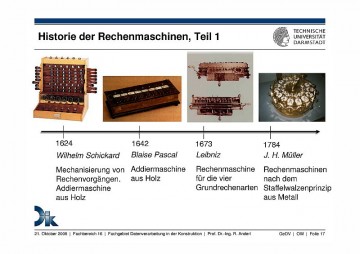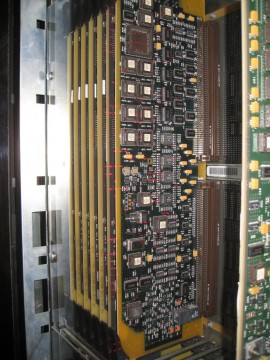
FROSTBURG (CM-5)
The Connection Machine (CM-5) was built by the Thinking Machine Corporation located in Cambridge Massachusetts. The CM-5 system named FROSTBURG was first installed by the agency in 1991 and used until 1997. It was the first massively parallel processing supercomputer purchased by the National Security Agency. The original computer system was configured with 3 cabinets and 256 CPN's (Cypress Processor nodes). A single CPN is equal to 1 CPU (central processing unit) in a home computer except that a CPN can process data at a much faster rate. In 1993 FROSTBURG was upgraded with an additional 256 CPN's bringing the total to 512. The system cost approximately $25M. FROSTBURG had a total of 500 billion words of storage capacity (500 Giga-words). This system was used to perform higher level math calculations. FROSTBURG could perform perform 65 billion calculations per second.FROSTBURG could take a job and break it into 512 pieces and work on each piece simultaneously making it much faster to complete its work. The light panels you see were used for checking CPN usage and running diagnostics on the machine.
CM-5 SPECIFICATIONS
a) 512 PN's (Processor Nodes) 256 CYPRESS & 256 VIKING nodes.
b) The CYPRESS nodes contained eight million words of memory for each PN. The VIKING nodes contained two million words of memory for each PN. Each word of memory had a 32-bit word size.
c) Each processor had local memory, vector execution memory interface units and a network interface.
d) Each processor had the capability to perform 128 million floating point operations per second (MFLOPS). A total of 65.5 billion floating point operations per second (BFLOPS).
e) CMost operating system was an enhanced version of UNIX, optimized to support parallel computation, communication, and I/O.
f) The system could be partitioned into groups divisible by 8 (8, 16, 24, 32, 64, 128, 256).



